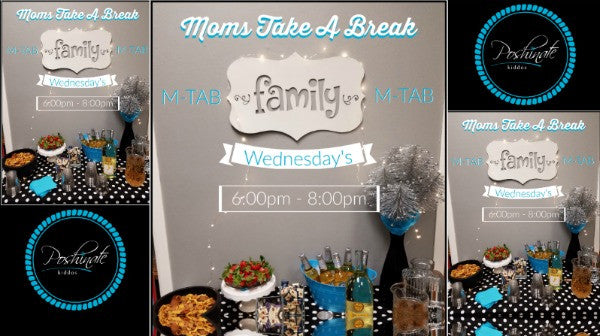Family Meals and Communication Skills
Eating family meals together can be fun and provide wonderful teaching moments. Real communication and conversation is about slowing down the pace, hearing what the other person has to say, thinking about it, and then responding. Children today will be the most connected generation in history, but they may not know how to talk to someone sitting or standing right next to them! With so much tech time children also have far fewer opportunities to learn how to pick up on people’s body language and tone of voice. Here are some ideas that can help learn effective communication.
- Have a staring contest. See how long you can maintain eye contact with a family member. This can be challenging for many children but they love it. It’s how they learn to express feelings and read other people’s emotions.
- Have your child ask you a question. The first time you respond, look at the floor. Have them ask again and this time look directly at them. When you ask them which they liked better it most likely will be a vote for the eye contact.
- Help you child learn nonverbal cues. Next time they are watching TV you might try turning down the volume and asking them to describe what the characters are feeling. Why does the character look happy or sad or scared? Is it the expression on their face or that their head is down or shoulders are slumped? Helping your child interpret other people’s gestures give them a blueprint for doing it themselves.
So in this very digital world, make sure you help your child master those important ant communication skills like making eye contact and having a face-to-face chat with family/friends (like at the supper table). Children learn how to interact by watching their mom and dad. If they see you using a tablet at the dinner table or diving into your pocket to read a text while talking with a neighbor, they figure that interactions with electronics are just as important-if not more so-than those with people.
Remember children who learn these basic skills may be the ones who have a leg up when approaching a teacher, collaborating with a science partner, and impressing a job recruiter. As with many things these lessons should start at home and around the family supper table is a great place to start!





